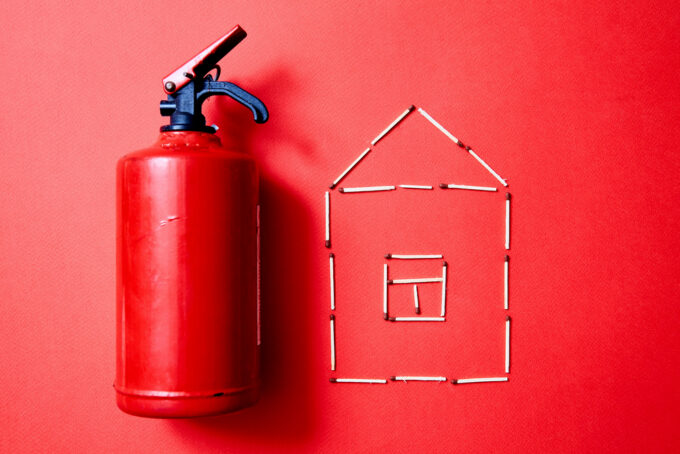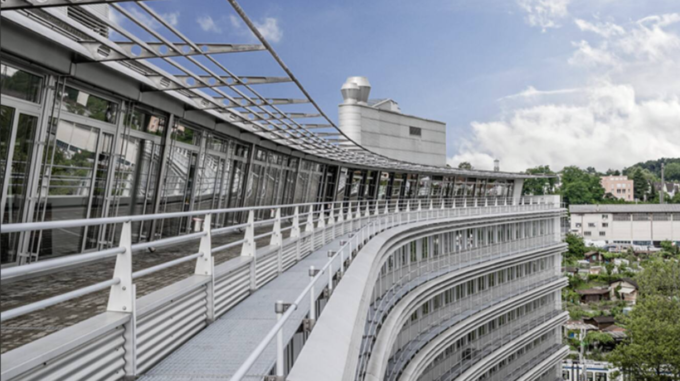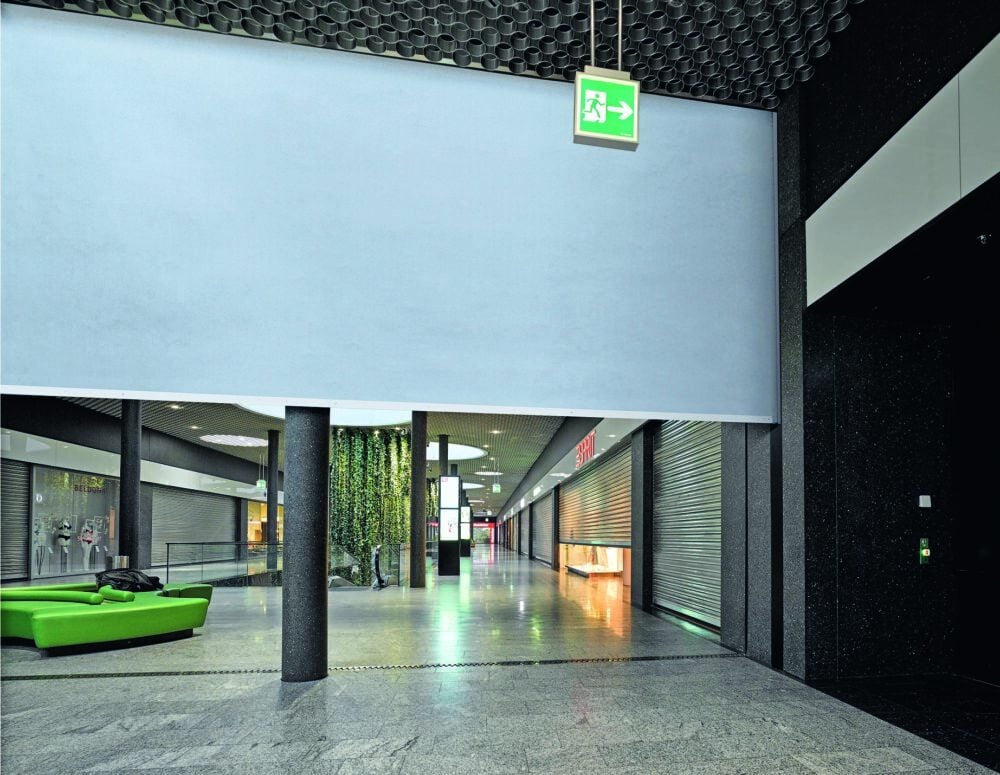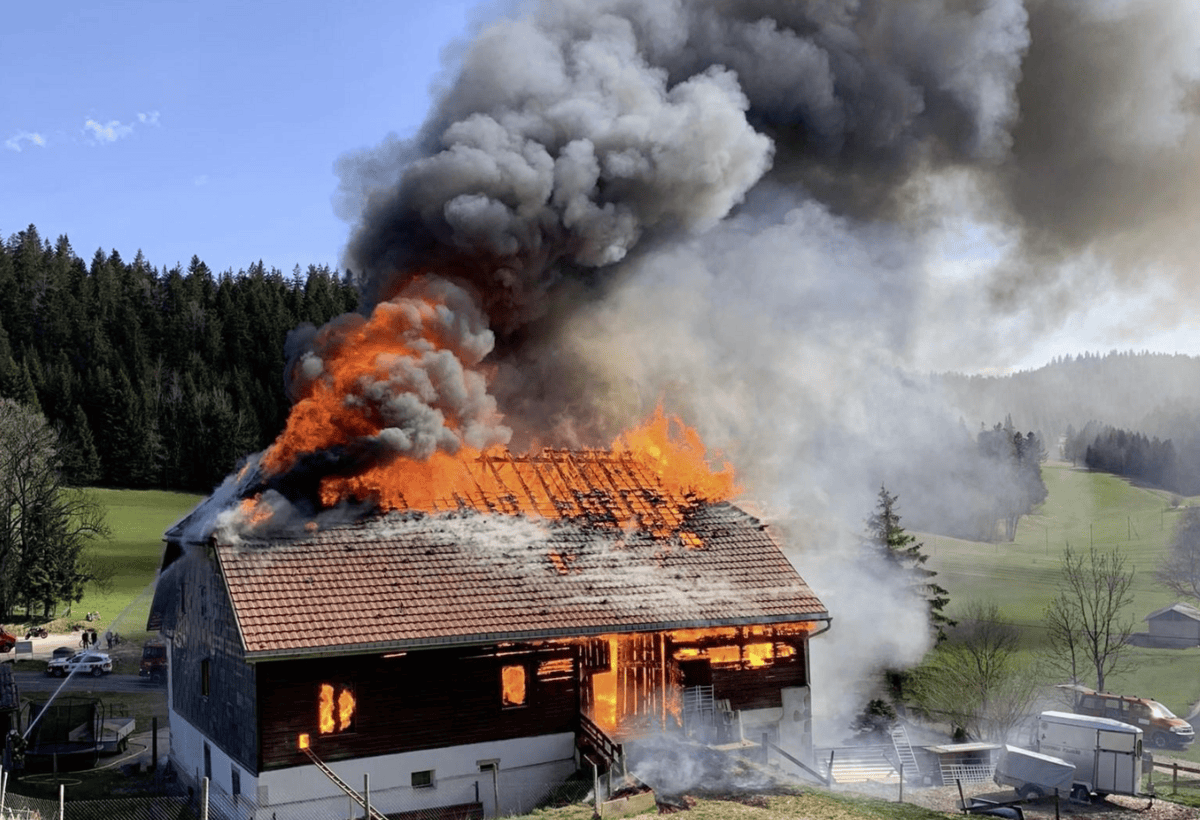Conference: What are the benefits of performance- and risk-based fire protection?
BSV 2026 aims to make the cost-benefit ratio of fire protection measures more comprehensible.

Performance- and risk-based fire protection will play an important role in Switzerland in the future. While the risk orientation in the current fire protection regulations (BSV 2015) is based on empirical values, the declared aim for BSV 2026 is to integrate the acceptable cost-benefit ratios of fire protection measures in a well-founded and comprehensible manner.
This is intended to ensure that stricter fire protection measures are only required if the benefits in relation to the costs exceed a certain level - the defined protection targets. The process relating to future protection targets, performance criteria and assessment bases is in full swing.
Increasing cost pressure
So how can performance- and risk-based fire protection improve the current situation in construction projects? Increasing cost pressure, a constantly changing environment and many decisive criteria - such as building type, location, use, occupancy, fire loads, building geometry and others - sometimes make construction projects so complex that conflicts of objectives in fire protection are not uncommon. Comprehensive fire protection solutions are required in order to meet the client's objectives, the protection objectives and, in general, the interests of all parties involved in construction and projects.
It is not uncommon for standardized and performance-oriented methods to be combined or for completely alternative solutions to be used by providing evidence and using engineering methods. What do such solutions look like? On what basis are they based and what added value do they bring? Various presentations on new possibilities, current scientific findings, methodologies and technologies as well as practical examples form the basis for this exciting exchange of knowledge in the context of performance- and risk-based fire protection. This event will also take a look at the practices and developments in neighboring countries.
Source and further information: save.ch









